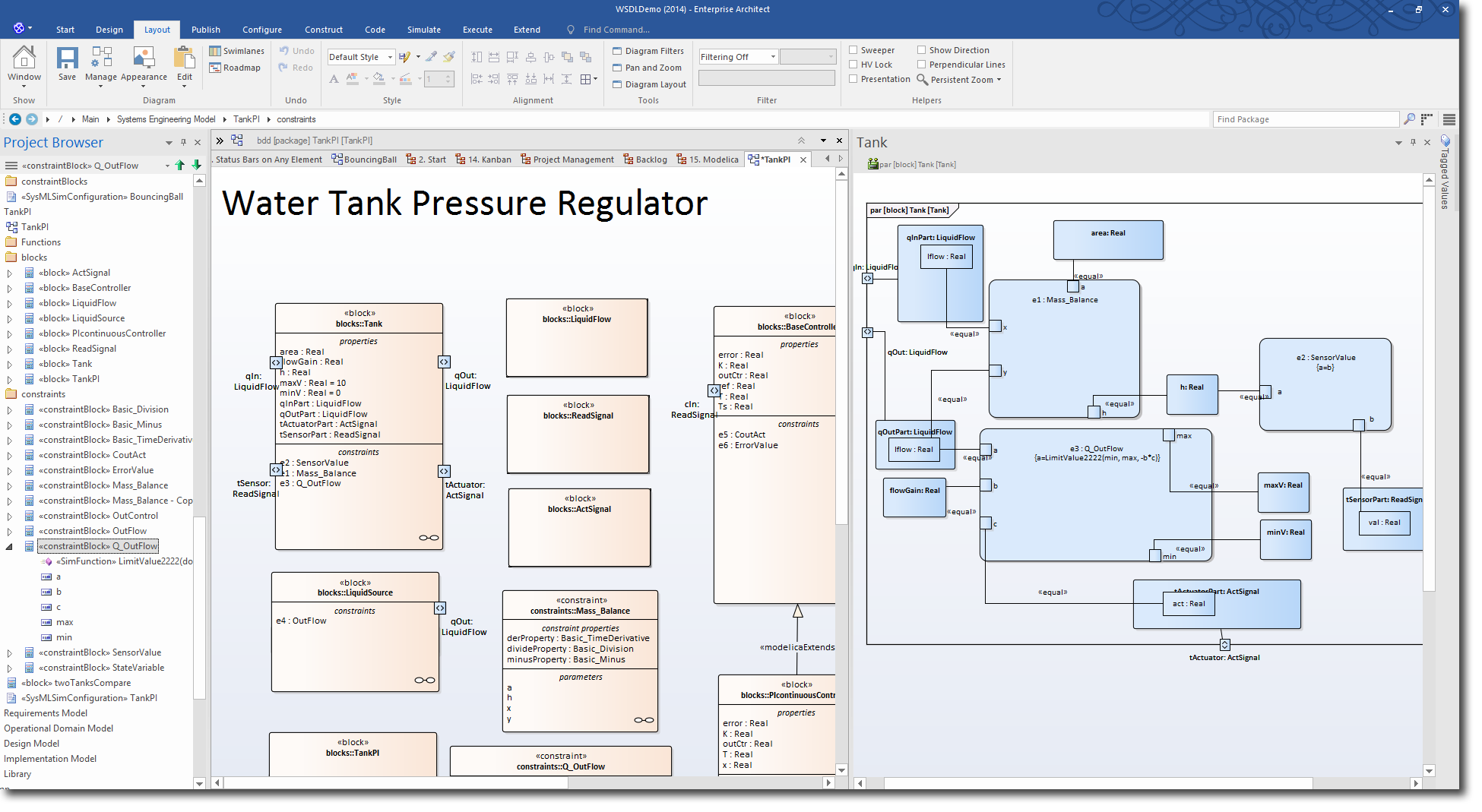

An Enterprise Architect is responsible for evaluating the internal functions of an organization, as well as developing business strategies, IT processes and suggesting ways they can be improved upon.Responsibilities of an Enterprise Architect Thereafter, they use this knowledge to ensure IT and business strategies align. An Enterprise Architect develops a chart of an organization’s strategy, information, processes and IT assets. In order words, they are responsible for managing the process of implementing a business’ strategy with the correct technology and systems design to achieve its goals. This is because it helps bring business processes and applications together to create a seamless business environment.Īn Enterprise Architect is an expert who creates a business’ Enterprise Architecture. Enterprise Architecture is crucial for large businesses going through digital transformation. Businesses realized that they need a plan and long-term strategy to support the rapid growth of technology which is still the case today. Enterprise Architecture helps businesses design IT projects and policies to achieve desired business goals and to stay up to speed with industry trends and challenges.Įnterprise Architecture started as a result of the increase in business technology, especially in the 1980s when computer systems were just taking hold in the workplace. It is the practice of analysing, designing, planning and implementing business goals and executing them by using business strategies. What is Enterprise Architecture?Įnterprise Architecture is the process that translates business vision and strategy into an enterprise change by developing, communicating key requirements, principles, and models that see into an organisation’s future and enable its evolution. Enterprise Architecture helps businesses with an overview of their market and strategies to deal with the many challenges that are present in the business environment. Enterprise Architecture is what many businesses all over the world are using to deal with the dynamism of the business environment. This business environment demands that businesses be very innovative and adaptive in navigating it as well as proactive enough to exploit the situation and create new business opportunities. With the rise of new technologies, globalization and the combination of IT and business processes, organizations are faced with several options to confront the very dynamic business environment.


 0 kommentar(er)
0 kommentar(er)
